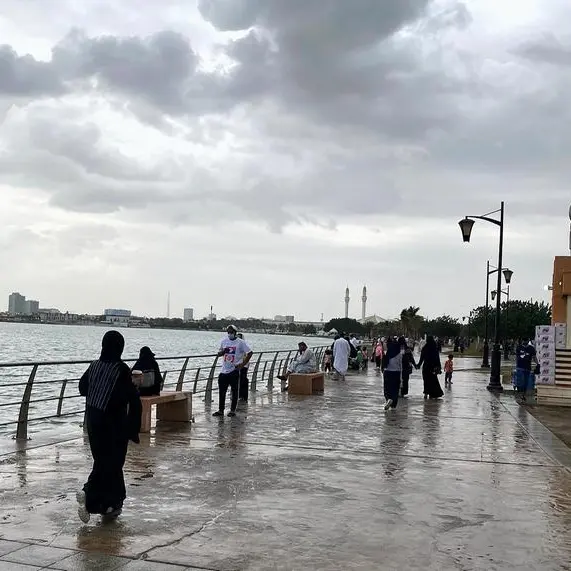PHOTO
Muscat: Oman’s efforts to bring down COVID-19 infection rates and hospital admissions through lockdowns seem to be working, according to key statistics measures over the last 10 days.
Since July 16, Oman has been under an extended night lockdown, which runs from 5pm to 4am. The exception to this was during the Eid Al Adha holidays, when a total lockdown was imposed from 20 to 23 June.
Oman was under a night lockdown from 8pm to 4am before these revised timings came into effect. During this period, COVID-19 numbers related to the number of people currently sick, and those pertaining to hospital and ICU admissions have significantly fallen.
As of 24 July, there were 14,441 people still sick, compared to 21,792 on the 15th, pointing to one-third drop in current infections, show statistics published by the Ministry of Health. Similarly, there are only 786 patients admitted to hospitals for COVID-related concerns as of the 24th, a decrease of 35.3 percent from the 1,215 admissions on the 15th.
The number of patients receiving treatment has also decreased: on the 24th, there were 315 people in intensive care, down from 444 on the 15th, reflecting a 29 percent decline in ICU admissions. It is worth noting that while 128 COVID patients were admitted to hospitals in the 24 hours leading up to 15 July, that number fell to nearly half (68) by the 24th.
Dr Zaid Al Hinai, a consultant in infectious diseases at Sultan Qaboos University, explained that the impact of any lockdown aimed at stopping the spread of COVID-19 will be seen about 14 days after its implementation.
“The previous night closure exercised by the Supreme Committee, which ran from 8pm to 4am, began to show results in terms of inpatient numbers 14 days after the decision was put into effect,” explained the doctor, who is also an assistant professor at the College of Medicine at Sultan Qaboos University.”
14-day lag
He added that the impact of the total lockdown imposed during Eid Al Adha will also be felt 14 days later. Explaining why this was the case, Al Hinai said it is because of the time taken for COVID-19 patients to develop symptoms, and then subsequently recover from the disease.
“Symptoms normally appear five days after someone is first infected, and from the time he is hospitalised, he requires about 12 days to recover,” he said. “Any measure taken to reduce the spread of the virus, and proof of their positive impact will take 12 to 14 days to be felt. This could be seen, for example, in terms of decreased hospitalisation rates.”
Hoping that these measures will help bring down COVID infection rates in the country, Zaid Al Hinai said a combination of factors had led to a decrease in hospitalisation in the days leading up to the total lockdown during Eid Al Adha.
“We did notice a decrease in infection numbers and hospital admissions before this period, but this was also because people adhered to precautionary health measures to keep themselves and others safe,” he said.
“I hope the results achieved from the total lockdown are positive. If people were committed to observing the total lockdown during Eid, then it shows great cooperation on their part.
“Ideally, we expect a decrease in infection numbers, which will lead to reduced patient admission rates, which in turn will lead to fewer deaths as a result of COVID-19,” he added.
© Muscat Media Group Provided by SyndiGate Media Inc. (Syndigate.info).























